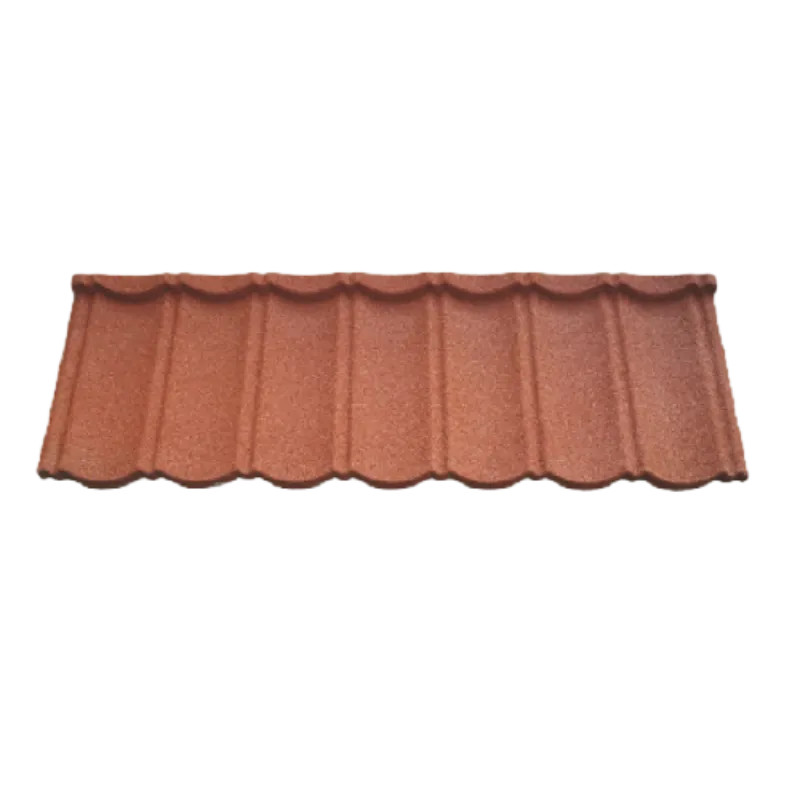
Aug . 09, 2024 08:05 Back to list
Guide to Efficiently Installing Asphalt Roofing for Optimal Durability and Performance in Your Home
Asphalt Roof Installation A Step-by-Step Guide
Asphalt roofing is a popular choice for homeowners due to its affordability, durability, and ease of installation. Whether you are building a new home or replacing an old roof, understanding the asphalt roof installation process can help you achieve a successful outcome. This article provides a comprehensive guide to asphalt roof installation, highlighting the essential steps involved.
Choosing the Right Materials
Before beginning any installation, selecting the right materials is crucial. Asphalt shingles come in two primary types fiberglass and organic. Fiberglass shingles are lighter, have better fire resistance, and are more cost-effective, while organic shingles, made from felt soaked in asphalt, offer excellent durability but are heavier and less fire-resistant. It's essential to consider your local climate, budget, and personal preferences when making this choice.
Preparing the Roof Deck
The roof deck is the foundation for your asphalt shingles, so ensuring it is clean and sound is vital. Begin by removing any old roofing materials, including shingles, underlayment, and any debris. Inspect the deck for damage, such as rot or warping. Any compromised areas should be repaired or replaced before installation can proceed. Additionally, ensure that the roof deck is dry; moisture can lead to mold and other issues down the line.
Installing Underlayment
Once the roof deck is prepped, the next step is to install the underlayment, which serves as a protective barrier against water infiltration. Typically made of asphalt-saturated felt or synthetic materials, the underlayment should be rolled out horizontally starting from the bottom edge of the roof and overlapping the previous row by at least 4 inches. Use roofing nails to secure the underlayment, ensuring it lies flat and smooth to create an effective water barrier.
Installing Flashing
asphalt roof installation

Flashing is essential to prevent water from seeping into vulnerable areas of the roof, such as chimneys, vents, or where the roof meets walls. Install step flashing at these intersections, starting from the bottom and working your way up. Ensure that the flashing overlaps correctly and is secured with roofing cement or nails. Proper flashing installation can significantly extend the lifespan of your roof by keeping water at bay.
Laying Asphalt Shingles
With the underlayment and flashing in place, you can start laying the asphalt shingles. Begin at the bottom of the roof and work your way up, ensuring that each row overlaps the previous one. Use the recommended number of nails (usually 4 to 6) per shingle to secure them in place. Cut shingles to fit at the edges and around protrusions, ensuring a tight fit to minimize potential leaks. As you install the shingles, monitor their alignment to maintain a straight, aesthetically pleasing appearance.
Cap Shingles and Final Touches
After all the field shingles are installed, it’s time to add the cap shingles, which are designed to cover the ridge of the roof. These shingles help to prevent water from entering at the peak and also provide a finished look. Secure the cap shingles with nails and overlap them for maximum protection. Lastly, inspect the entire roof for any missed areas, ensuring that all shingles are firmly attached, and the edges are sealed.
Clean Up and Maintenance
After completing the installation, clean the work area of any debris or leftover materials. It’s also a good practice to perform regular maintenance, such as cleaning gutters and checking for any signs of damage after severe weather. By following these steps, your asphalt roof can provide reliable protection and enhance the beauty of your home for many years to come.
In conclusion, asphalt roof installation, though requiring careful planning and execution, is manageable for those willing to put in the effort. By understanding the process and paying attention to detail, you can achieve a functional and attractive roof that withstands the elements.
-
Stone Coated Metal Roof Tile-Roman Tile for Durable Roofing Solutions
NewsJul.30,2025
-
Stone Coated Metal Roof Tile-Wood Grain Tile for Durable Roofing
NewsJul.30,2025
-
Stone Coated Metal Roof Tile-Nosen Tile: Durable, Stylish Roofing Solution
NewsJul.29,2025
-
Premium Moonlight White HIREFLE Granules for High-Quality Surfaces
NewsJul.29,2025
-
Stone Coated Metal Roof Tile-Grouper Tile | Durable & Stylish Roofing
NewsJul.29,2025
-
High-Quality Roofing Granules for Sale – Durable & UV Resistant Solutions
NewsJul.28,2025







